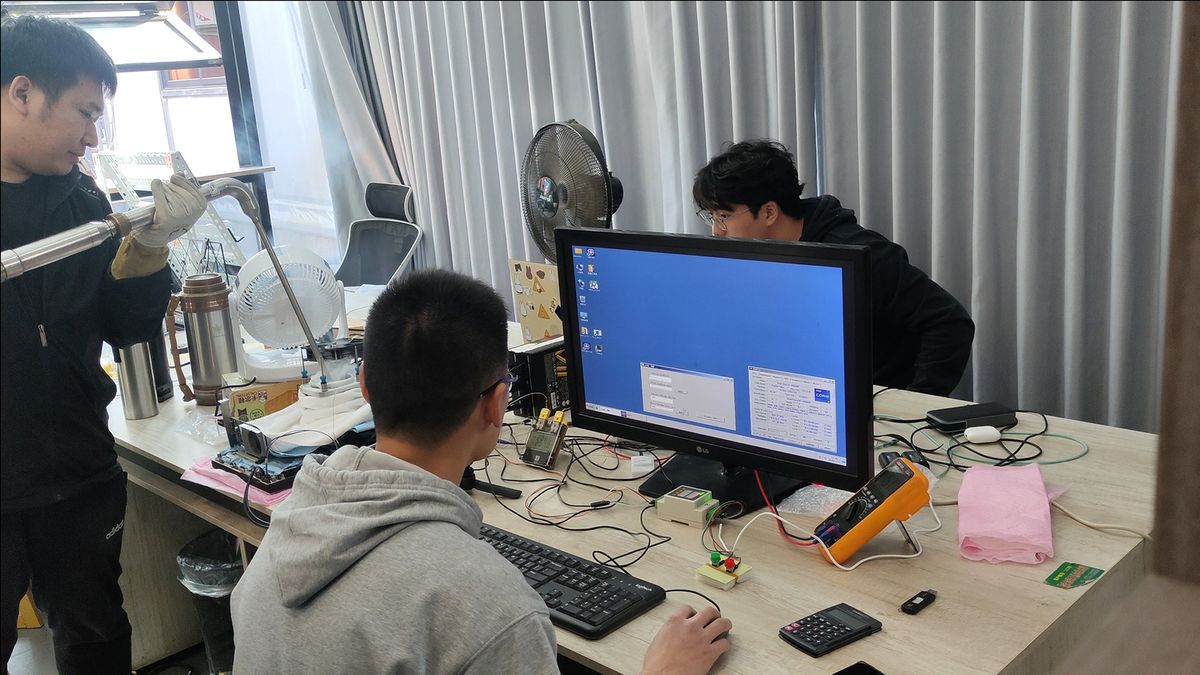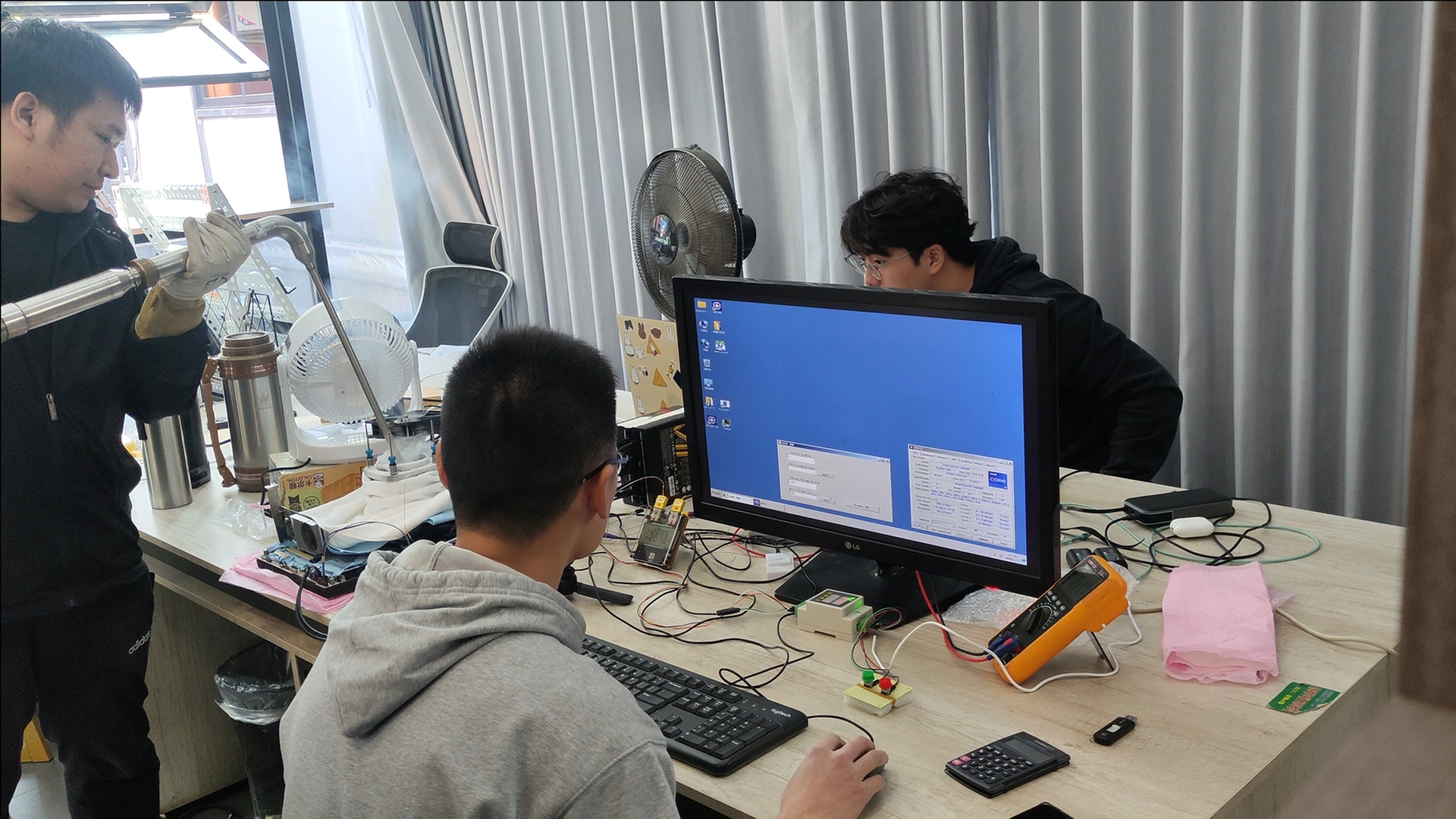Core i9 14900KF sets world record at 9.12GHz and proves Intel chips are still good at something


There is a new king at the top of the HWBot overclocking hill – the Intel Core i9 14900KF. In fact, the 14900KF already held the frequency record for processors. But Chinese overclocker “wytiwx” has just upped the ante and set a new world record for any processor at 9.12161 GHz.
Yes, it’s the old Intel Raptor Lake processor again, which has increased slightly from the previous record: 9.11775 GHz, achieved by 14900KS last March. In other words, the latest Intel Arrow Lake processors, including the Core Ultra 9 285K, are nowhere to be found in the upper echelons of overclocking.
Is it because of Arrow Lake’s architecture? Or is the 3N silicon from TSMC used for the Arrow Lake CPU cores actually not as good at overclocking as the Intel 7 node in Raptor Lake (the node formerly known as 10nm)?
Perhaps it is both. But despite Intel’s well-publicized struggles with chip technology in recent years, there’s no doubt that Big Blue has an excellent track record when it comes to hitting top frequencies.
Intel is set to return to its own 18A node to produce high-performance desktop processors with Panther Lake. So it will be interesting to see if Intel’s new 18A desktop processors can beat those older Raptor Lake chips and get us closer to the magic 10GHz frequency.
In any case, wytiwx used an ASUS ROG Maximus Z790 Apex motherboard and, of course, liquid helium to cool it down to -258 degrees Celsius. Cold.
In case you’re wondering, the fastest AMD processor ever is the Bulldozer-based AMD FX 8370, which hit 8.7228 GHz over 10 years ago. It’s also interesting to note how the maximum frequency achievable by a PC processor has stabilized in recent years.
Between 1996 and 2007 it rose from 233 MHz to just over 8 GHz. But it took another 15 years to reach a peak frequency of 9 GHz in 2022, and another two years or so to go from 9.008 GHz to today’s 9.12-something GHz.
Back in 2000, Intel predicted that it could reach 10 GHz by 2005. Of course, back then Intel was all about clock speed. Netburst Pentium 4 chips were designed primarily for raw frequencies, and it was assumed that increasing processor performance largely depended on increasing operating frequencies.
Soon after, Intel ran into a clock speed problem and the entire industry switched to more cores running at sub-10 GHz. On the other hand, as improvements in transistor density also stabilize, perhaps we’ll see a return to an emphasis on frequency and the 10 GHz barrier may finally be broken. Watch this space guys.

